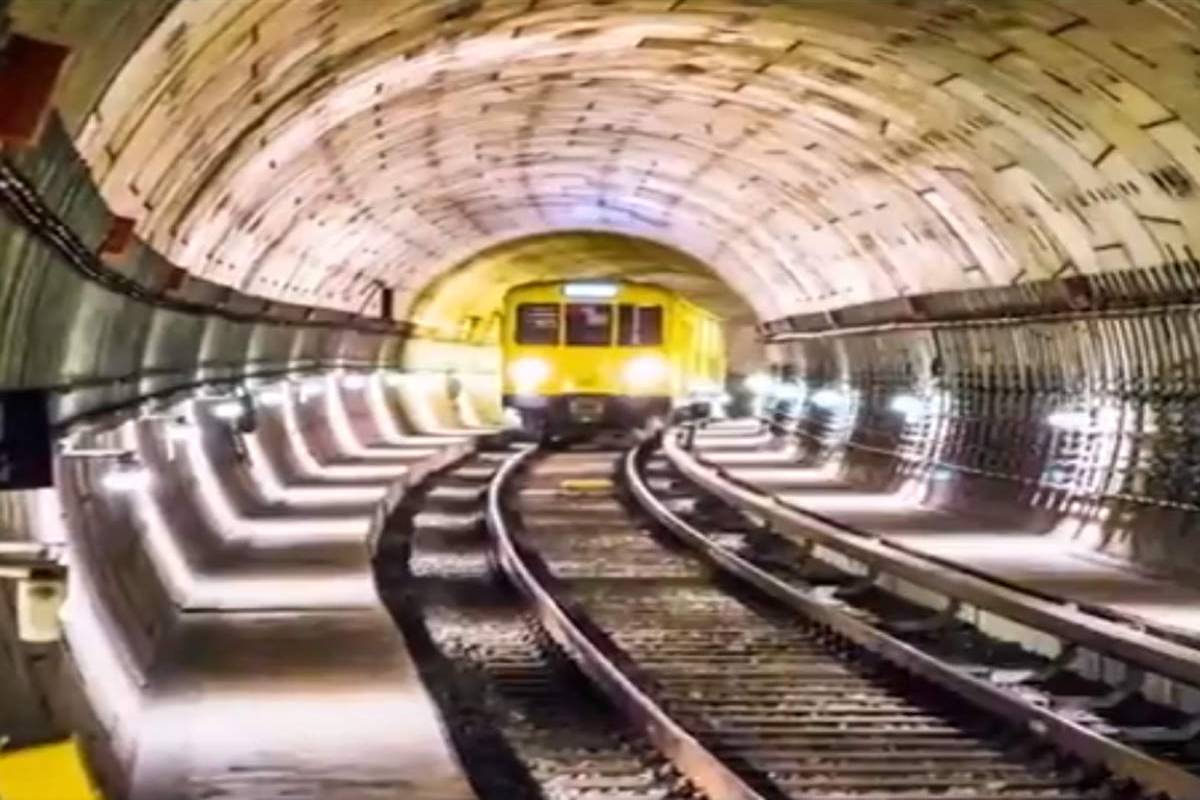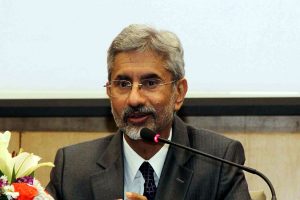The Central Government is going to build a strategically important Integrated multi-modal rail and road transport corridor in the Northeast, the first in the country. Under the project, two road tube tunnels and one rail tube tunnel will be built under the Brahmaputra river.
Apart from this, a rail-road infrastructure will be created for the rail-road missing links including several new rail lines, a loop line, a railway station, and a station yard. With the help of this mega rail-road transport corridor, military vehicles, logistics ammunition, and armed forces can reach the China border of North Assam, Tawang, and Arunachal Pradesh faster.
Indian Railways, Ministry of Road Transport and Highways, and Ministry of Defense (Border Roads Organisation) will jointly complete the project estimated to cost around Rs 7,700 crore.
The Border Roads Organization (BRO) has given a presentation of the above project to the Railway Board last month. A senior official said that there is a proposal to build two road tube tunnels and one rail tube tunnel, about 10 km long, under the Brahmaputra river.
Apart from this, a 121.33 km-long new railway line will be laid between Rangpara and Tawang. This new rail line will connect Tawang, Senga, Rupa, Bhalukpong and Rangpara. A new railway line will also be laid between Dhalaibil-Jakhlabandh and Dekragaon-Jamugurihar. A new railway station is proposed to be built between Dhalaibil and Jamugurihar with an increased number of platforms and a loop line and station yard.
There are plans to lay an additional rail line between South Portal and Silghat, the official said. It is not possible to reach the north and south banks of the Brahmaputra river due to the missing link (no connectivity) of the rail-road in the northeast. In view of this, the rail-road connectivity will be prepared on priority.
It will have Dekargaon-Tezpur-Silghati road connectivity, but no rail connectivity at all. The Dhalaibil-Jakhlabandh link does not have rail or road connectivity. Therefore, this connectivity will be strengthened by building a rail-road corridor on the missing link. A rail-two road tube tunnel will play a strategic role.
For the first time in the country, infrastructure is being created for strategic purposes so that there will be direct rail-road connectivity from North Assam to Tawang and Arunachal Pradesh’s China border. For the first time, three tunnels will be built under the Brahmaputra river.
Earlier, NHIDCL, an undertaking of the Ministry of Road Transport, had prepared a plan to build a tunnel under the river. The news was prominently featured by Hindustan on 14 July 2020. The government has transformed it into a mega-integrated multi-modal rail and road transporter corridor.
As per the consensus reached between the three ministries, the Railways will spend Rs 2,295 crore while the Ministry of Road Transport and Highways will spend more than 4,700 crore (which comes to about Rs 7,000 crore). This includes expenditure on the construction of three tunnels, new railway lines, electrification, station construction, and land acquisition. Apart from this, Rs 700 crore will be spent on additional work and other projects for the missing link of the Railways.
Railway Board Chairman and CEO V.K. Tripathi said that Railways has given its approval to the proposal of BAO. The rail tube tunnel will be of single track. The middle road tube tunnel (two-lane) can be used as an emergency tunnel. Eventually, the road tube tunnel (two-lane) will be used for road transport traffic.
Sources said that the nodal officer of the Ministry of Road Transport and Highways, ADG SK. Nirmal will soon visit the Northeast with the team. The consultant will be appointed for the preparation of the feasibility report and detailed project report after a site visit.
Advertisement











